
If you're looking for a good game that combines the relentless challenge of a rogue-like with the exploration of a Metroidvania game, then this Dead Cells review is for you. Developed by Motion Twin and Evil Empire, and ported to mobile and the Nintendo Switch by Playdigious, Dead Cells has been making waves in the indie scene—and for good reason. Dead Cells fuses breakneck motion with an emphasis on risk-and-reward for an incredibly engaging experience. Let's dive into the nitty-gritty of what makes Dead Cells a must-play action-platformer.
At its core, Dead Cells is a fast-paced 2D action-platformer that throws you into a sprawling, interconnected world filled with foes that want nothing more than to see you fail. You play as a reanimated mass of cells controlling a decapitated corpse—yes, you're the Headless—which is as bizarre as it sounds, and it totally works. The game masterfully blends the permadeath mechanics of roguelikes with the exploration and progression of Metroidvania titles, creating a unique hybrid that's both punishing and rewarding.
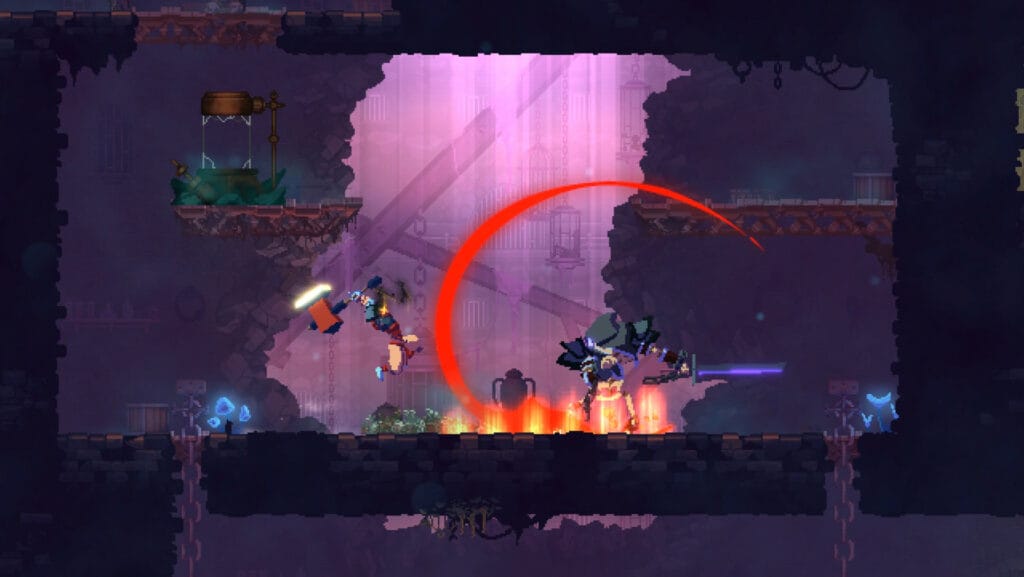
Dead Cells' gameplay is all about trying to escape from an ever-changing castle on an island prison. Each time you die—and trust me, even death is inevitable—you reanimate at the starting point, ready for your next run. But what's impressive is how Dead Cells keeps you coming back for more.
One of the standout features of Dead Cells is its fluid combat system. The controls are tight and responsive, allowing you to dodge, roll, and slash your way through hordes of enemies with ease. You're able to choose from a plethora of weapons ranging from swords and bows to more exotic options like lightning whips and explosive crossbows. Want to freeze your enemies with an ice grenade and then shatter them? Go for it. Prefer setting up a turret to mow down foes while you dodge incoming attacks? That's a viable strategy too.
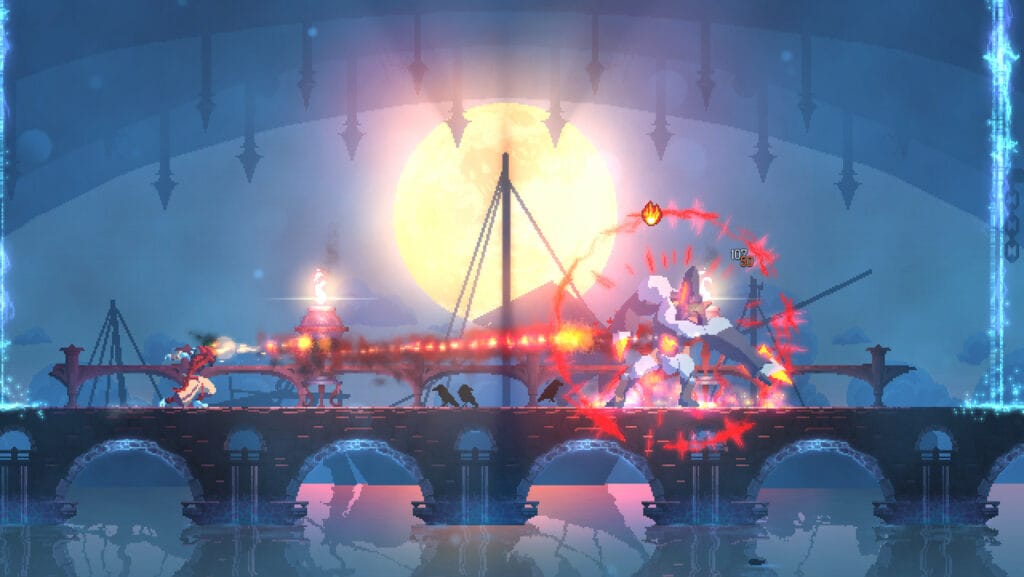
The game offers various playstyles to suit your preference. As you progress, you find blueprints that allow you to unlock new weapons and abilities. Each weapon type significantly changes your loadout and playstyle, encouraging you to experiment and find what suits you best. Once you've unlocked enough gear, the combinations are nearly endless.
Tired of games where you memorize enemy placements and level layouts? Dead Cells solves that by using procedurally generated levels. Each run through Dead Cells feels fresh because the map layout, enemy spawns, and even hidden secrets change every time. This procedural generation keeps you on your toes and adds a layer of unpredictability that enhances the replayability factor. The environments range from the dank Toxic Sewers filled with maggots to the eerie Forgotten Sepulcher, each with its own unique challenges and pitfalls.
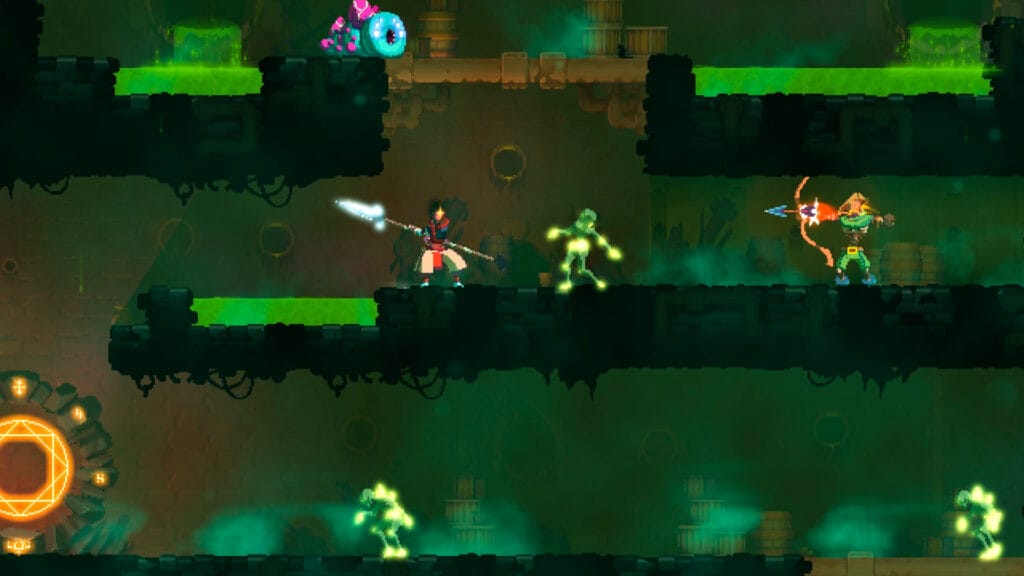
Dead Cells combines procedurally generated elements with hand-crafted level designs, ensuring that while each run is unique, it also feels intentionally designed.
Permadeath in Dead Cells isn't just a gimmick—it's a core part of the experience. When you die, and you will die often, you lose all your collected weapons and upgrades, sending you back to the start. But here's the kicker: you retain certain permanent upgrades and abilities, thanks to the game's permanent progression system. So, each time you reanimate, you're a bit stronger.
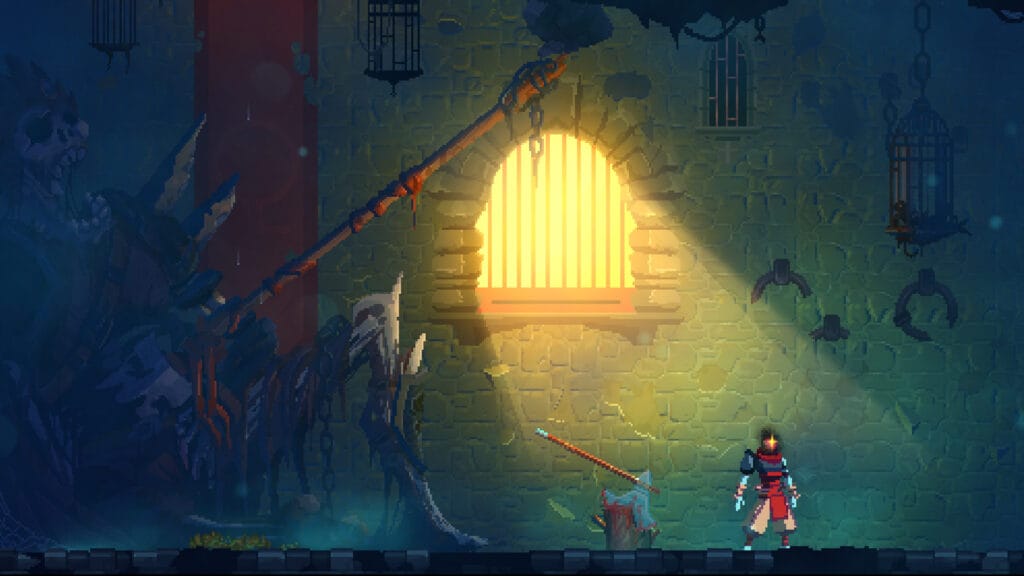
What's impressive is how Dead Cells balances the frustration of permadeath with the excitement of progression. After dozens of hours, you'll be able to breeze through early levels and face the final boss with confidence. Maybe you'll even discover new secrets or unlockable content you missed before. The game makes dying feel less like a setback and more like an opportunity.
And remember, there are no checkpoints in Dead Cells; when you die, it's back to the beginning. But the thrill of the "one more run" mentality keeps you hooked.
Aesthetically, Dead Cells is a treat. The pixel art is incredibly detailed, with smooth animations that make combat a visual delight. The environments are diverse, ranging from grimy sewers to towering castles guarded by the likes of the Clock Tower's deadly foes. The game also feels like a love letter to classics like Castlevania: Symphony of the Night, with its gothic architecture and atmospheric settings.
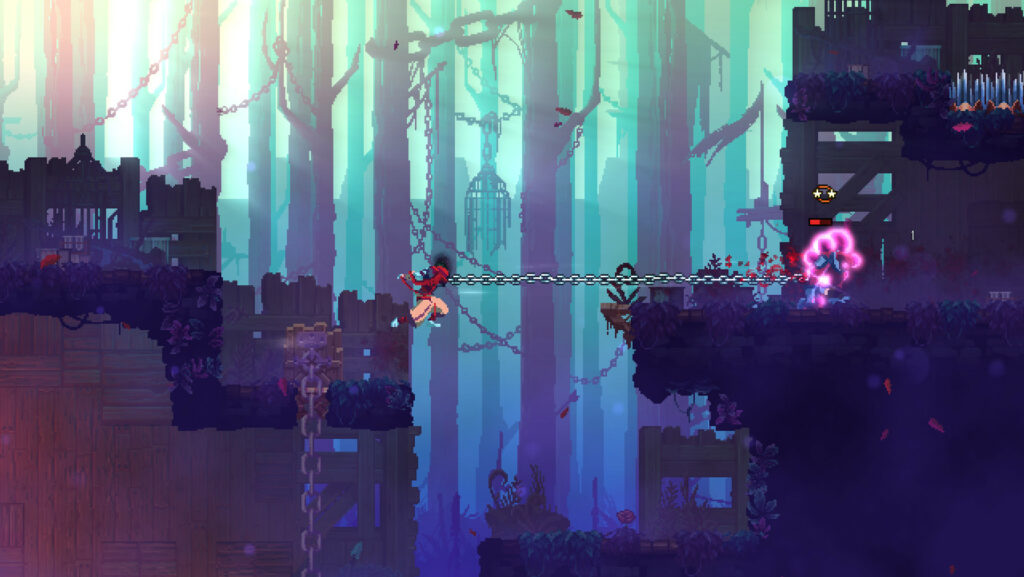
The soundtrack complements the action perfectly, featuring atmospheric tunes that ramp up during intense battles. It also feels immersive, drawing you deeper into the game's world.
The game's weapon and upgrade system is deep without being overwhelming. You can find blueprints to unlock new weapons and abilities, and between levels, you can spend collected cells to permanently unlock these goodies. There are also mutations you can pick that offer buffs like extra health or faster cooldowns.
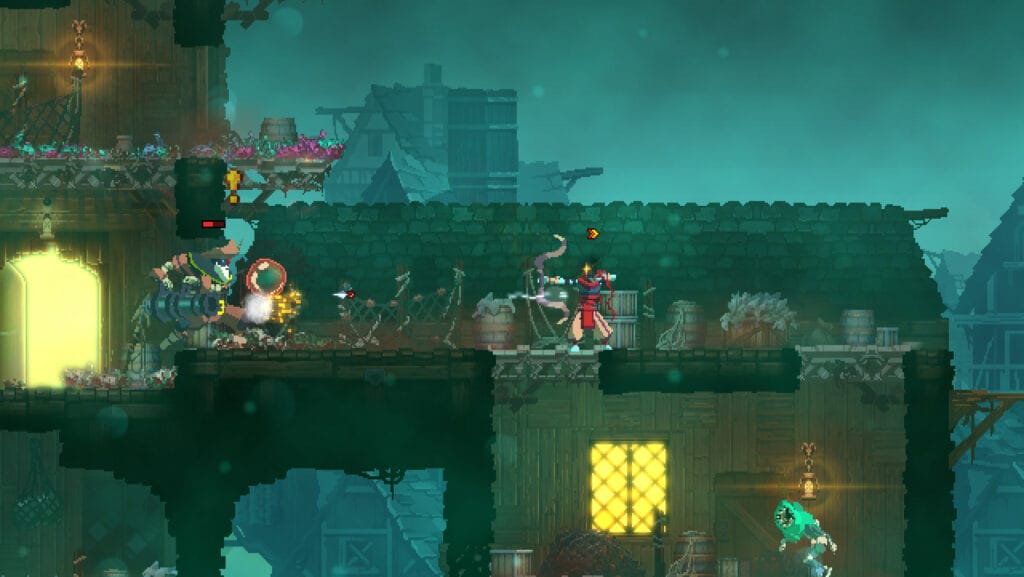
As you explore a sprawling world, you'll collect scrolls that allow you to upgrade your stats, enhancing your survivability and damage output. The variety of weapons and abilities means there are countless ways to play, and with each unlock, you're able to tailor your character to your playstyle.
Let's not sugarcoat it: Dead Cells is hard. But it's the kind of hard that feels fair. When you die, it's usually because you mistimed a dodge or got a bit too greedy. The game encourages you to learn enemy patterns and to strategise rather than just button-mash your way through. The gameplay is smooth, and the controls are precise, so when you fail, you know what you're doing wrong.
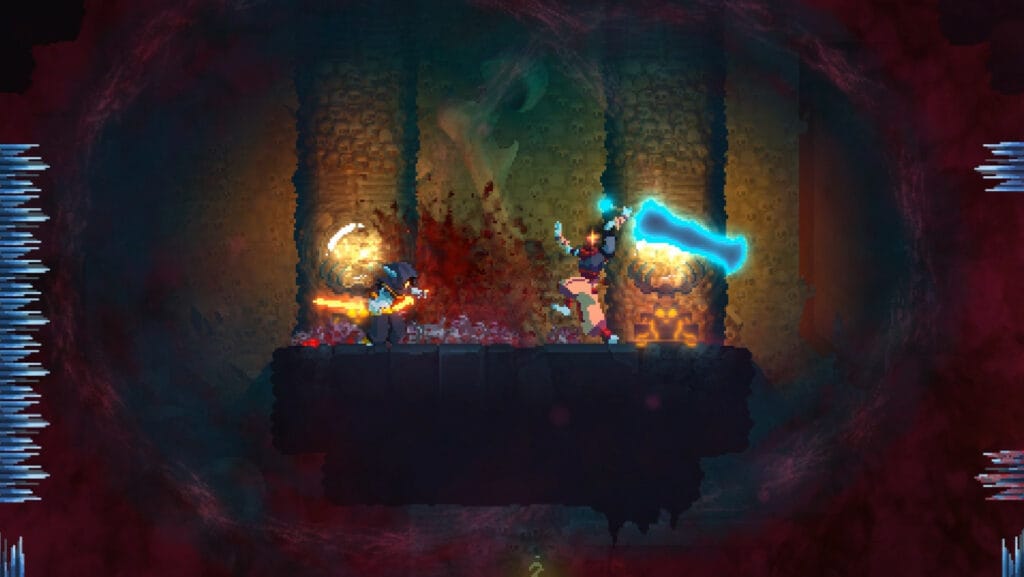
In later levels, the enemies become more aggressive and the environments more treacherous. Fans of games like Dark Souls, Hollow Knight, Spelunky, and Salt and Sanctuary will appreciate the challenge. Dead Cells also draws inspiration from Metroidvanias like Castlevania and Guacamelee, offering a similar sense of exploration and discovery. If you're into roguelikes, Metroidvanias, or just enjoy a great game, Dead Cells won't disappoint.
Even IGN praised Dead Cells for its tight controls and challenging yet fair gameplay.
With multiple branching paths, secret areas, and unlockable difficulty modes, Dead Cells offers a ton of replay value. Even after you finish the main game, there's plenty to do. The Boss Stem Cells system lets you increase the game's difficulty, introducing tougher enemies and better rewards.

The game's emphasis on risk-and-reward keeps you hooked. Each time you die, you think, "Just one more run." And before you know it, you're spending hours trying to perfect your strategy. The permadeath mechanic combined with the ever-changing environments ensures that you never quite know what you're in for, making each playthrough exciting.
Since its release, Dead Cells has seen several DLCs, including the notable Return to Castlevania. This expansion pays homage to the classic Castlevania series (or Castelvania, as some might misspell it), allowing you to explore new areas, fight iconic bosses, and wield legendary weapons. If you're a fan of Castlevania: Symphony of the Night or any of the older Castlevania titles, this DLC is a nostalgic trip you shouldn't miss.
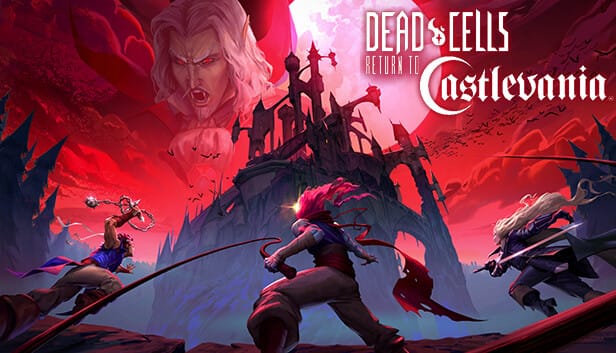
For fans of dark fantasy games like Warhammer, the game's grim atmosphere and challenging combat will feel right at home.
A special shoutout to Playdigious for the mobile port and the excellent adaptation on the Nintendo Switch. Often, games lose something in translation when moving to mobile or consoles, but that's not the case here. The touch controls are surprisingly intuitive on mobile, and the game runs smoothly on the Switch, making it a perfect game to play on the go.
Whether you're playing Dead Cells on Steam, Nintendo Switch, or mobile, the experience remains consistently engaging. The portability of the Switch version makes it one of the best games I've ever played on the console.
In conclusion, Dead Cells is a shining example of brilliant game design. Developers Motion Twin and Evil Empire have crafted a game that not only challenges players but also rewards them in equal measure. It's a great game that offers dozens of hours of content, and even after all that time, you'll keep playing.
While not a traditional RPG, Dead Cells incorporates RPG elements like stat upgrades and unlocking new abilities, adding depth to the gameplay. The game makes dying feel less like a punishment and more like a learning experience.
So, grab your weapon of choice, brace yourself for countless deaths, and dive into the ever-changing world of Dead Cells. Trust me, you won't regret it.